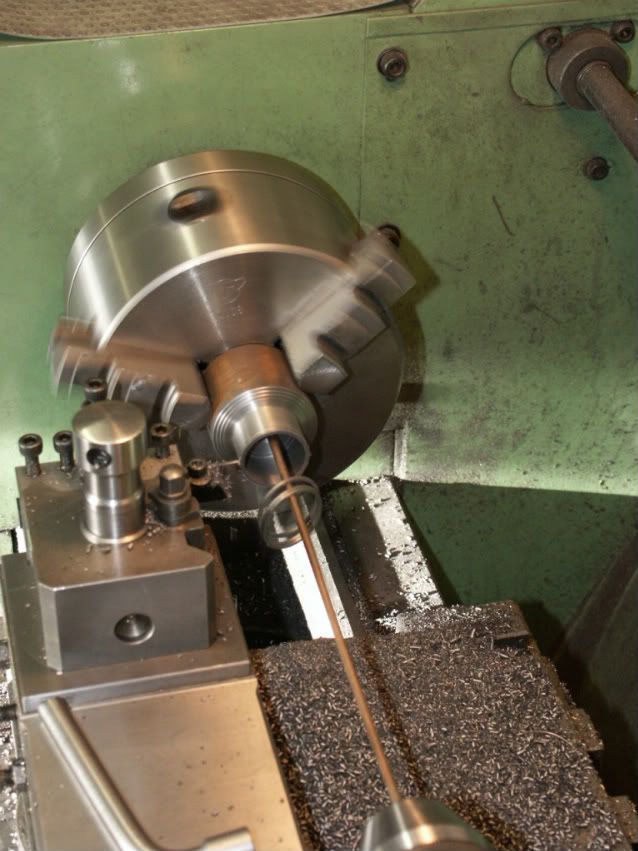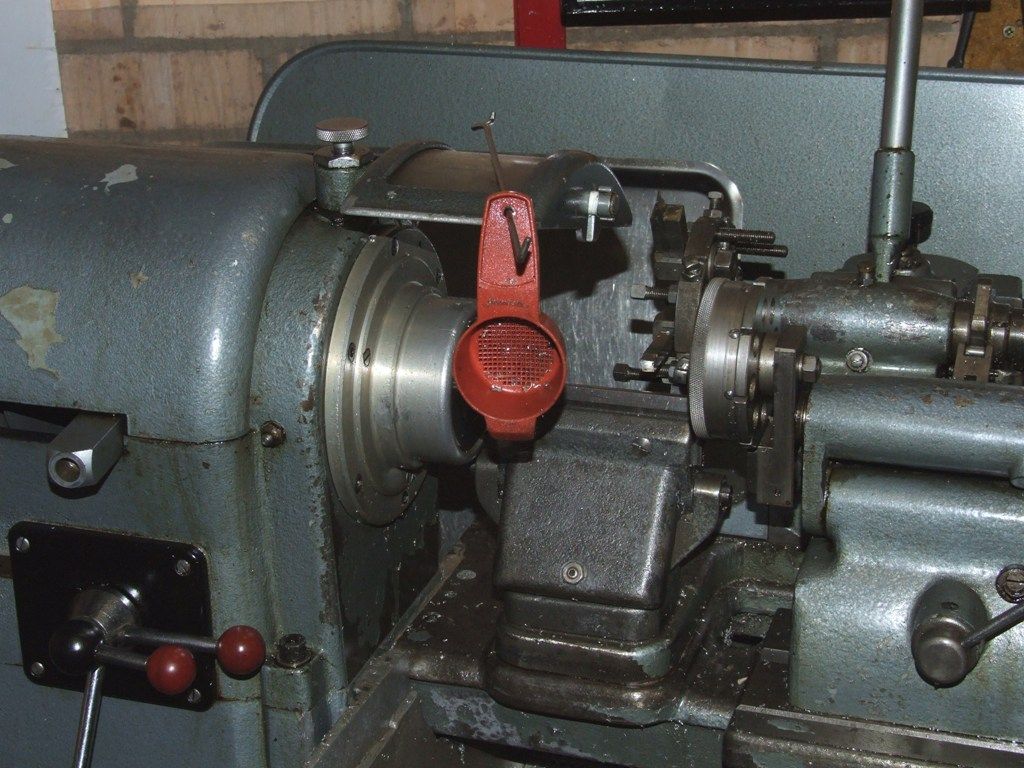Day 13.
Things not going very well lately..
Yesterday I ordered a (cheap) set of boring bars to include the longest one at 4 1/2 inches, but it turns out when it arrived to be 3/12 inches – there won't be much to hold on to in the tool holder when doing the cylinder. Think I may have to reorder..
After more thought I plan to use the faceplate to face the ends and bore the cylinder as per the book 'Building The Victoria' (not used one before). The one suppled with the Lathe has a note to say that the chuck guard has to be removed to use it (bit surprised with that, especially these days..), also the guard mounting bolt catches on the back of the plate, preventing its use. I managed to modify so that it now fits and runs ok (still no guard though.) but not without totally blunting the lathe tool – something I had not realised until spending some time today trying to face the cylinder ports with it, it has left some marks and resulted in my going slightly undersize on the main port face (thats my excuse anyway), so also not so good. The book says to remove 'just over 1/32 inch' from the port face as cast (hadn't noticed that when asking for help on here earlier)…..
Its surprising how easy it is to forget the obvious when trying to learn new things.. The main thing is though that I am learning!
Having a go with the faceplate next..
The port faces faced off. (photo is a bit distaughted)..

Regards
Allan.
Edited By JasonB on 01/01/2015 08:16:26
GarryC.






















